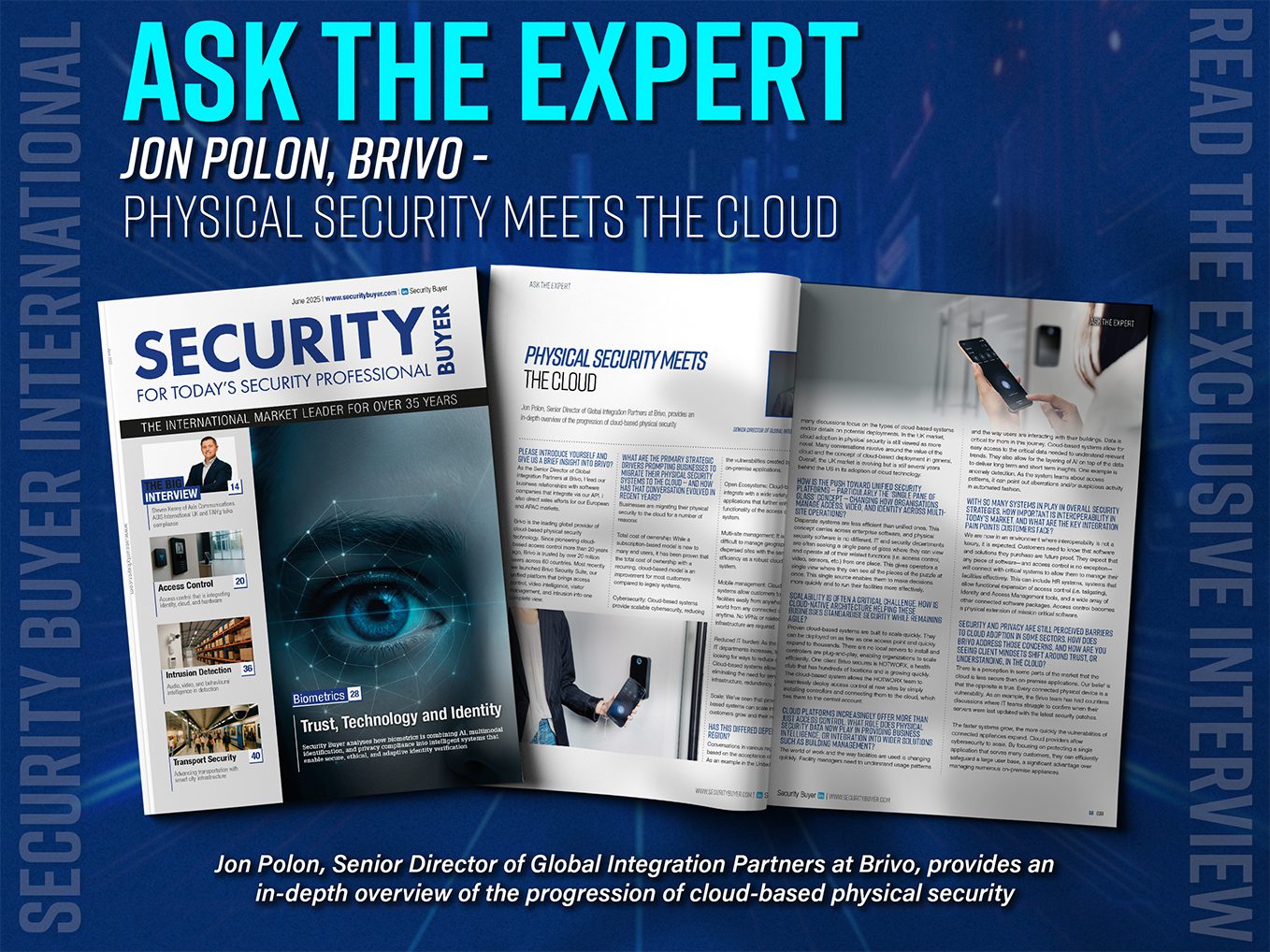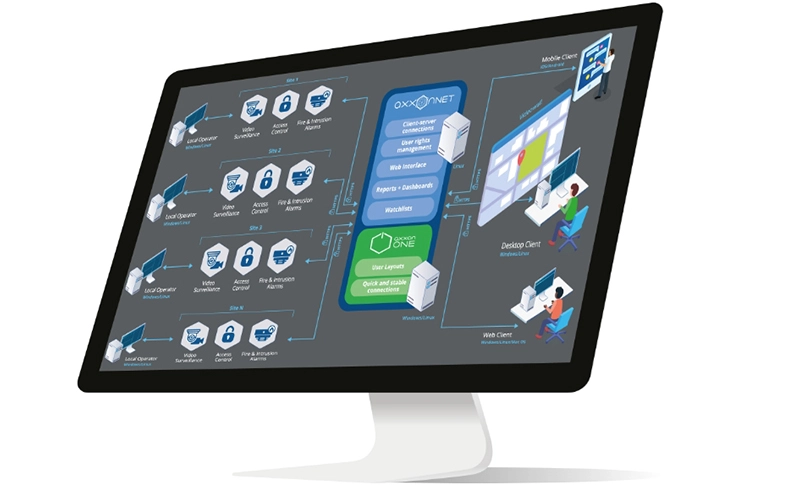VSaaS: Micron explains why it matters. Security Buyer recently sat down with David Henderson, Director of Industrial Marketing for the Embedded Business Unit at Micron Technology
Video security as a service (VSaaS) and edge-based solutions are becoming an integral part of security as the technology and affordability appeals to more and more customers. Coupled with SaaS solutions that make applications like analytics easier to adopt, this new form of video security solution is helping customers earn more value from their investments.
Rebecca Spayne, Managing Editor at Security Buyer recently spoke to David Henderson, the Director of Industrial Marketing for the Embedded Business Unit at Micron Technology to better understand how VSaaS and edge-based video security solutions are set to play an even bigger role in the future
How do you see the cloud and edge-based video security market now?
Henderson: Cloud and edge computing are driving video security systems from on-premises managed schemes to cloud-based solutions. With the addition of software as-a service (SaaS) applications, the conventional video security system is transforming into a Video Security as a Service (VSaaS) model.
The global IP video security and VSaaS market is growing, particularly in the residential and small-to-medium business sectors. Valued at $18.51 billion in 2018, the market is projected to reach $52.98 billion by 2026—registering a CAGR of 12.9 percent from 2019 to 2026.
As a result, huge volumes of data will be produced, requiring system optimisation among data storage, data processing and communication—revolutionising the VSaaS model.
What are some of the key factors that drive security customers to cloud and edge versus conventional security systems?
Henderson: For most of business owners and managers, reducing expenses is a top priority. One way to do so is with technology. Technology can not only help make operating a business more efficient, it can also make it easier to lower certain expenses. Case in point: cloud-based services.
When looking at ways to reduce costs with implementing video security systems, one could look at reducing equipment/technology costs. However, because a video security system is an important investment for a business or company, reducing spending by purchasing low-quality equipment or legacy technology is not ideal.
One way to achieve cost reduction is to consider Video Security as-a Service (VSaaS) implementation—where certain functionalities are paid with a “pay-as-you-go” model, like an annual subscription plan, instead of with an upfront payment. In this way, the annual subscription fee could be classified as an operating expense (OpEx), which may be deductible.
How exactly does VSaaS lower the total cost of ownership for businesses? Would you have any case studies that could help customers understand this?
Who’s answering this section? Henderson?
In a 2017 Micron case study, a total cost of ownership (TCO) analysis was done on a video security system implemented in a newly built manufacturing plant. In that case study, the total project value to deploy a 600-camera system was estimated at approximately US$850,000 over a three-year contract term.
If we do a simulation model and apply a VSaaS into the 2017 case study and analyse cost structure, approximately $60,000 USD in 3 years would be saved, based on a 23.85% worldwide statutory corporate income tax rate.
This is because the cost of maintenance, equipment (network video recorder and central monitoring system), decommission and storage would be covered by a VSaaS subscription plan, which would reduce the cost of accessories and deployment of the NVR and CMS. Additionally, 30-32% of total project cost would move to “3-year VSaaS subscription fee,” which may be classified as OpEx.
Images will not be visible in print unless high quality, 300DPI.
Customisation is probably a key element of security installations. Can cloud-based video security solutions be tailored to meet business requirements?
Henderson: Certainly. A VSaaS system can be categorised by its storage location and divided into three different models:
- Hosted VSaaS: Video is generated onsite and transferred over a network to the service provider’s data centre where it is managed and stored. The recorded video at the service provider’s site is delivered over the cloud as a service.
- Managed VSaaS: Onsite video recording is stored at the customer site and remotely maintained, monitored, and managed over a cloud service.
- Hybrid VSaaS: A combination of hosted and managed VSaaS, the video is stored primarily onsite. Cloud storage is leveraged as a backup if redundancy or longer storage retention is required.
Considering the use cases for enterprise and mid-sized organisations, which could have a significant quantity of security cameras deployed onsite, bandwidth issues and networking reliability could become challenging to VSaaS solutions. In this case, a preferred model would be the Hybrid VSaaS which would use the capacity of on-premise storage to reduce the network bandwidth consumption and also incorporate cloud storage for redundancy or the extended storage retention requirements that ensure and enhance system reliability.
To read the full cover story, please see our IFSEC May issue here.
Media contact
Rebecca Morpeth Spayne,
Editor, Security Portfolio
Tel: +44 (0) 1622 823 922
Email: [email protected]
























